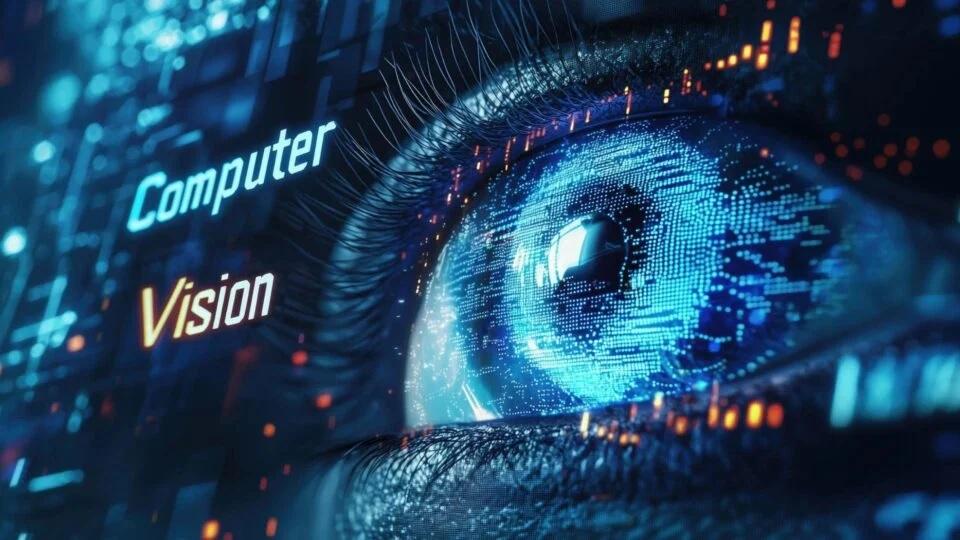Impact of Computer Vision on Transforming Industries

In recent years, computer vision (CV) has appeared as a transformative technology that reshapes the landscape of numerous industries by allowing machines to analyze and understand visual information around them.
According to tech leaders, computer vision is often referred to as the eyes of artificial intelligence (AI), which makes it a transformative technology that not only revolutionizes the industries that adapted it but also becomes a cornerstone for the advancement of AI. With more technological advancements, the convergence of CV with IoT, big data analytics (BDA), and automation has given rise to smart work that remains competitive and improves productivity and efficiency.
In this blog, we will learn about the critical role that computer vision plays in pushing the boundaries and creating new avenues for different industries in this digital world.
Computer Vision Use Cases
The healthcare industry has already advanced with new-age robotic surgeries, but computer vision has quite a multifold effect that can help in performing even delicate and complex procedures. According to a recent report by Statista, more than 20.21% of healthcare institutions and hospitals are implementing CV in their daily processes. This technology can be improved by real-time, high-resolution photographs of the surgical site, allowing the surgeon to have a better idea and acquaintance with the procedure.
Even in manufacturing and warehousing, computer vision systems aid in counting and tracking inventory in real time, reducing the need for manual checks. Apart from these marvels, computer vision can also be a useful tool for automated quality control. For instance, with high-resolution cameras, this technology can inspect products for faults or damage, ensuring only quality objects are shipped to customers. With the help of cobots, CV works faster as it helps in navigating complex warehouse environments, optimizing routes, and avoiding obstacles.
Challenges and Future Prospects
Integrating computer vision into business processes has the potential to unlock numerous possibilities, but it also comes with a set of challenges. Addressing these issues, such as biased image data, assures privacy in facial recognition systems and creates a robust algorithm to handle diverse and dynamic visual scenarios. Even real-time processing can be a major issue, and this comes into play when decisions are made through interactive, augmented realities that need optimal performance of computational frameworks and accurate algorithm analysis.
Looking ahead, we can expect computer vision to be intertwined with big data and deep learning and create massive advancements in hardware. Even other technologies such as the Internet of Things (IoT) and 5G technologies are anticipated to create a synergistic ecosystem, further strengthening the impact of computer vision across industries.
To Know More, Read Full Article @ https://ai-techpark.com/computer-vision-in-different-industries/
Related Articles -
Spatial Computing Future of Tech
Digital Technology to Drive Environmental Sustainability
Trending Category - IOT Wearables & Devices
- Art
- Causes
- Crafts
- Dance
- Drinks
- Film
- Fitness
- Food
- Giochi
- Gardening
- Health
- Home
- Literature
- Music
- Networking
- Altre informazioni
- Party
- Religion
- Shopping
- Sports
- Theater
- Wellness


